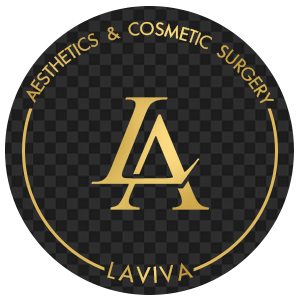What is PRP Therapy?
Platelet-Rich Plasma (PRP) therapy is a medical treatment that utilizes the healing properties of your own blood to promote tissue repair and regeneration. It has gained significant attention in recent years for its potential in various medical fields, particularly in orthopedics, dermatology, and aesthetics. PRP therapy involves extracting a small sample of your blood, processing it to concentrate the platelets, and then injecting this enriched plasma back into the target area. This innovative procedure has become a popular option for treating injuries, promoting hair growth, and rejuvenating the skin
How Does PRP Therapy Work?
PRP therapy is based on the natural healing capabilities of platelets. Platelets, which are tiny cell fragments found in the blood, contain growth factors that play a crucial role in tissue repair and regeneration. When concentrated, these growth factors can accelerate the healing process in damaged tissues and stimulate the production of new cells
The PRP therapy process starts by drawing a small amount of blood from the patient. The blood is then placed into a centrifuge, which spins at high speeds to separate the blood components. The result is a concentration of platelets that is several times higher than normal blood levels. This platelet-rich plasma is then injected into the injured or treated area, where the growth factors begin to work their magic
Applications of PRP Therapy
PRP therapy has been used to treat a variety of conditions and is commonly employed in the following areas
Orthopedic Injuries: PRP therapy is often used to treat musculoskeletal injuries such as tendonitis, ligament sprains, and joint pain. It can accelerate healing in conditions like tennis elbow, rotator cuff injuries, and knee osteoarthritis.
Hair Restoration: One of the most popular uses of PRP therapy in recent years has been for hair loss treatment. PRP injections can stimulate hair follicles, encouraging new hair growth and improving the thickness of existing hair. It’s often used as a non-surgical option for patients with androgenetic alopecia (pattern baldness).
Aesthetic Treatments: In the field of dermatology and aesthetics, PRP therapy is used for facial rejuvenation. By injecting PRP into the skin, it can stimulate collagen production, reduce the appearance of wrinkles, and improve skin tone and texture. This treatment is sometimes referred to as the "vampire facial" due to the use of the patient’s own blood.
Chronic Wounds: For individuals suffering from chronic wounds that do not heal easily, such as diabetic ulcers or surgical incisions, PRP therapy can promote tissue regeneration and speed up the healing process.
Benefits of PRP Therapy
PRP therapy has a wide range of benefits, including
- Natural Healing: Since the treatment uses the patient’s own blood, there is a minimal risk of allergic reactions or rejection.
- Non-Surgical: For many conditions, PRP offers a non-invasive alternative to surgery.
- Reduced Recovery Time: Patients typically experience shorter recovery periods compared to traditional surgical treatments.
- Improved Outcomes: Many individuals report improved healing and reduced pain after undergoing PRP therapy.
PRP therapy is a groundbreaking treatment that harnesses the body’s natural ability to heal itself. Its uses continue to expand as more research is conducted, and its potential in various medical fields, including orthopedics, dermatology, and hair restoration, becomes increasingly recognized. For patients seeking an innovative, non-invasive approach to healing and rejuvenation, PRP therapy presents a promising option to consider
